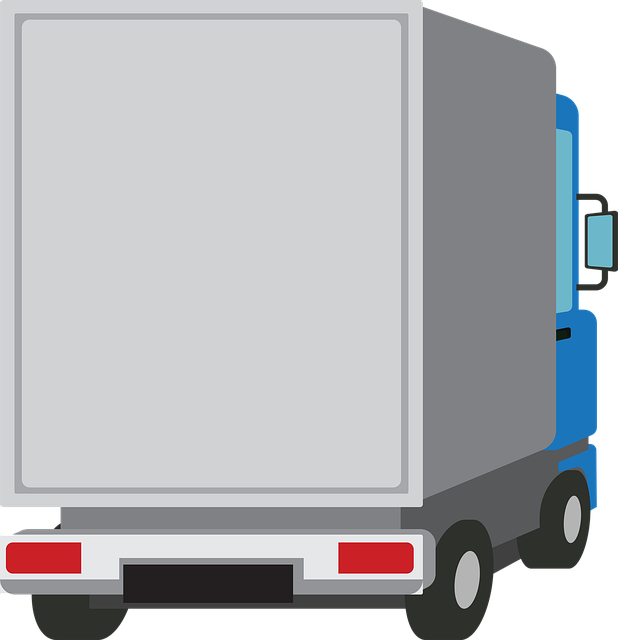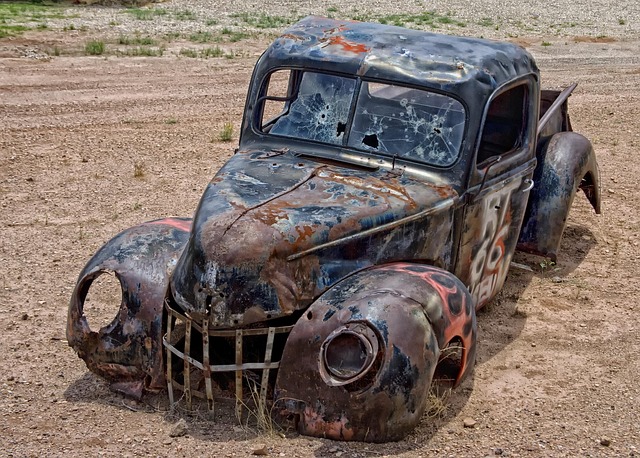Heavy-duty trucks and construction equipment pose unique risks that require heavy equipment insurance. This specialized coverage encompasses liability for property damage, personal injuries, and legal fees, with insurers evaluating risk based on vehicle characteristics and operational context. Key components include collision coverage for repair and replacement, plus comprehensive liability protection against legal repercussions. These policies safeguard against theft, natural disasters, and operational failures, offering peace of mind for fleet owners. Proactive risk management involves regular maintenance, driver training, and adherence to safety regulations. By combining robust insurance with meticulous risk assessment, businesses can confidently navigate heavy equipment operations with enhanced financial security.
In the world of commercial trucking, understanding liability and collision coverage is paramount, especially for heavy-duty trucks. This comprehensive guide delves into the intricate aspects of heavy equipment insurance, offering a detailed overview of key components and strategic navigation of risks. From recognizing the unique challenges of operating high-value assets to exploring essential coverage options like collision protection, businesses can safeguard their investments and mitigate potential losses. Discover how tailored insurance policies empower operators to manage liability and protect their substantial financial resources.
- Understanding Heavy-Duty Truck Liability: A Comprehensive Overview
- The Role of Collision Coverage in Protecting Your Investment
- Key Components of Heavy Equipment Insurance Policies
- Navigating Risks: Strategies for Businesses Operating Heavy Trucks
Understanding Heavy-Duty Truck Liability: A Comprehensive Overview

Heavy-duty trucks, often carrying significant loads and operating in diverse environments, come with unique liability considerations. Understanding the potential risks is crucial for both operators and insurance providers. These vehicles, including semi-trucks and construction equipment, are susceptible to accidents due to their size, power, and specialized nature. Therefore, comprehensive heavy equipment insurance is essential to mitigate financial losses and legal responsibilities.
Liability coverage in this context goes beyond standard auto insurance. It must account for property damage, personal injuries, and legal fees resulting from accidents involving these massive machines. Insurers assess risks based on factors like vehicle age, maintenance records, driver experience, and operational territory. Effective risk management involves careful assessment of these elements to ensure adequate protection against potential claims.
The Role of Collision Coverage in Protecting Your Investment

Collision coverage plays a pivotal role in safeguarding your investment in heavy-duty trucks and their specialized components. Heavy equipment insurance is designed to protect against financial loss resulting from accidents or damage to your vehicles, which can be particularly costly due to the advanced technology and specialized nature of heavy machinery. When your truck collides with another vehicle or encounters an accident, collision coverage steps in to help repair or replace damaged parts, ensuring that your fleet remains operational.
This type of insurance is essential for businesses operating a fleet of heavy equipment as it offers peace of mind and financial security. It helps cover the costs associated with repairs or even total loss replacement, preventing significant financial setbacks. Additionally, collision coverage can extend to liability, protecting you from legal repercussions and potential claims arising from accidents caused by your vehicles.
Key Components of Heavy Equipment Insurance Policies

Heavy equipment insurance policies are tailored to cover the unique risks associated with operating and maintaining large vehicles like heavy-duty trucks. Key components of these policies include comprehensive liability coverage, which protects against claims arising from accidents or damages caused to third parties. This is crucial, as heavy trucks often navigate public roads and interact with various other vehicles and infrastructure.
Collision coverage is another essential element, designed to safeguard against physical damage to the equipment itself. This becomes particularly vital during routine operations or when facing unforeseen circumstances like road debris or weather conditions that contribute to accidents. Effective insurance policies for heavy equipment also offer protection against theft, natural disasters, and operational failures, ensuring peace of mind for truck owners and operators.
Navigating Risks: Strategies for Businesses Operating Heavy Trucks

Navigating the risks associated with operating heavy-duty trucks is a critical aspect of business for companies in the transportation and construction sectors. With substantial financial investments in their fleets, businesses must employ robust strategies to mitigate potential losses from accidents or damage. Heavy equipment insurance plays a pivotal role in this regard, offering comprehensive liability and collision coverage tailored to the unique challenges posed by heavy machinery.
To effectively manage these risks, companies should thoroughly review their insurance policies, ensuring they align with their operations’ specific needs. This involves understanding the limits of liability, deductibles, and coverage for various scenarios, such as rollovers, collisions, or incidents involving third-party property damage. Proactive risk management also entails regular fleet maintenance, driver training, and adherence to safety regulations to minimize the likelihood of accidents. By combining robust insurance plans with meticulous risk assessment and mitigation practices, businesses can navigate the challenges of heavy equipment operations with greater confidence and financial security.
Heavy-duty trucks, while indispensable for many industries, come with unique liability and collision risks. Understanding these intricacies is key to protecting your business and investment. By comprehending the comprehensive overview of liability, recognizing the importance of collision coverage, and familiarizing yourself with critical insurance policy components, you can effectively navigate these challenges. Implementing strategic risk management approaches will ensure that your heavy equipment insurance keeps pace with the demands of a dynamic industry, offering peace of mind and financial security.
